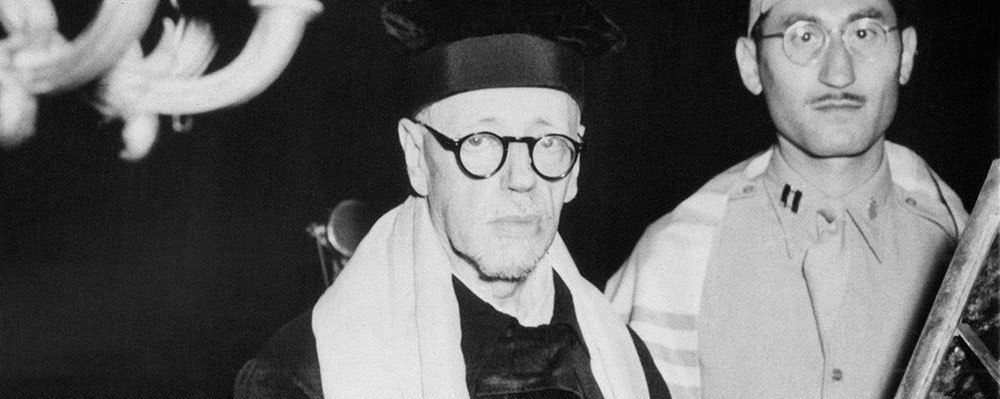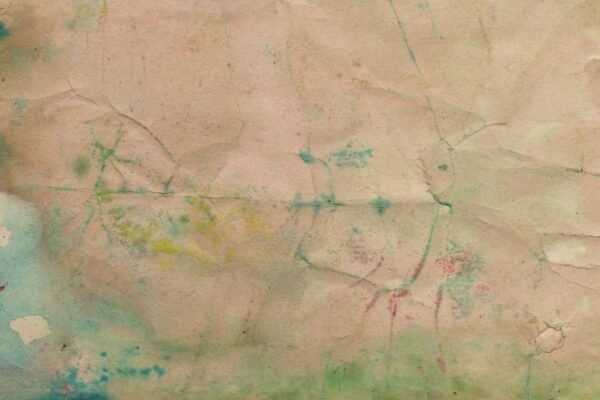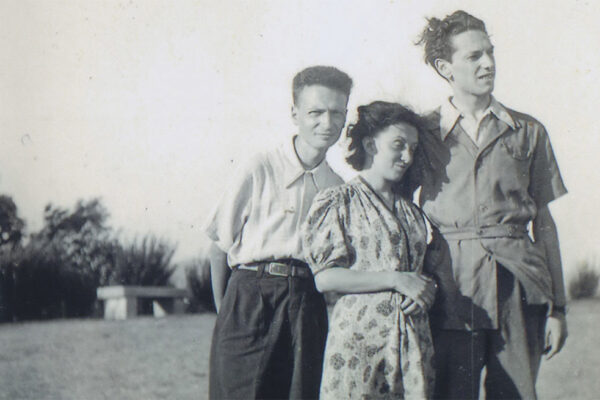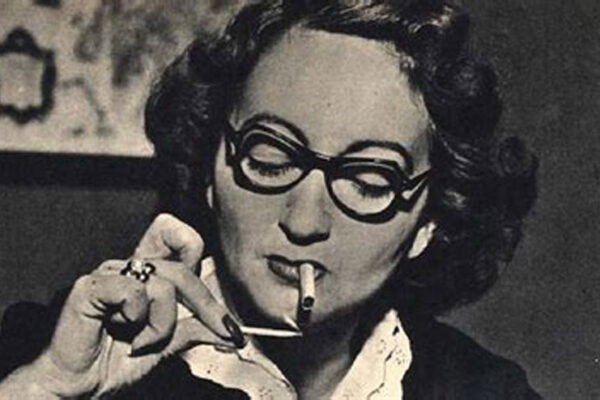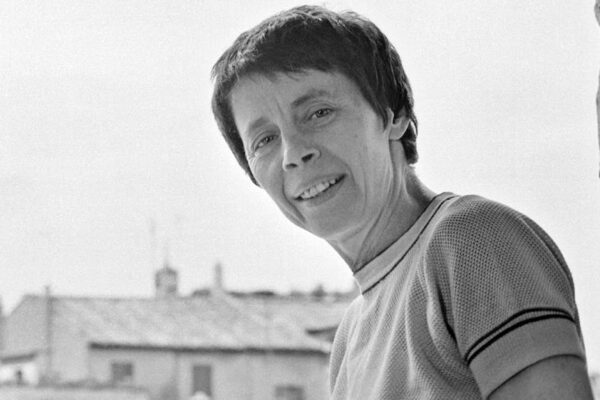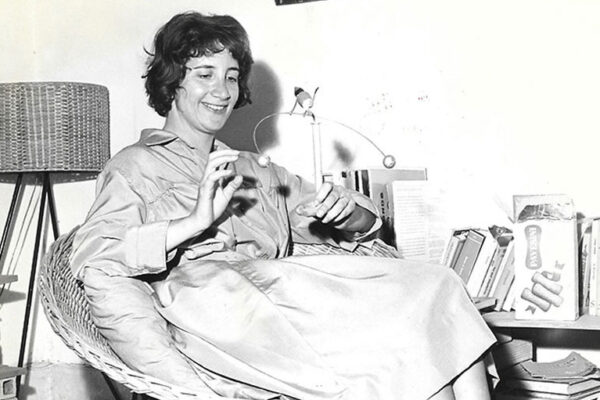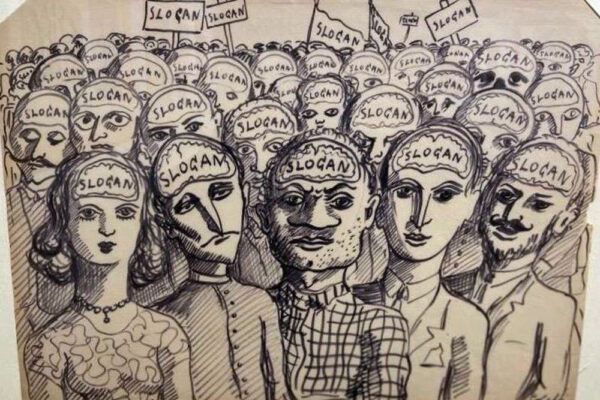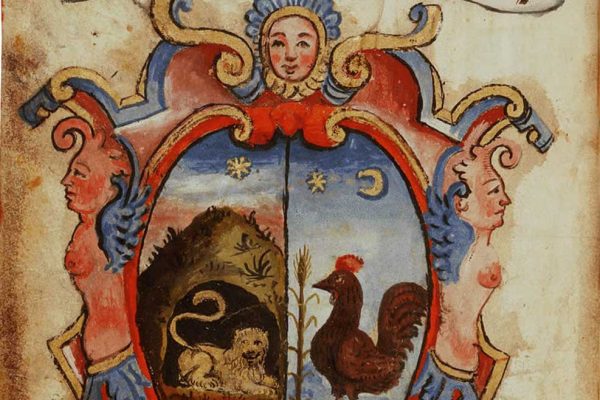Robert Weisbord, Wallace Sillanpoa, The Chief Rabbi, the Pope, and the Holocaust, Transaction Publishers, 1991
Robert Weisbord
Robert Weisbord is a professor of history at the University of Rhodes Island. BOOKS The Chief Rabbi, the Pope and the Holocaust: An Era in Vatican-Jewish Relations (New Brunswick: Transaction, 1992), written with Wallace P. Sillanpoa. Israel in the Black American Perspective (Westport, Connecticut: Greenwood Press, 1985), assisted by Richard Kazarian. Genocide?: Birth Control and the Black American (Westport, Connecticut: Greenwood Press and Two Continents, 1975). Ebony Kinship: African, Africans, and the Afro-American (Westport, Connecticut: Greenwood Press, 1973). Bittersweet Encounter: The Afro-American and the American Jew (Westport, Connecticut: Negro University Press, 1970), written with Arthur Stein. This book was also published in paperback edition by Schocken books in the fall of 1972. African Zion: The Attempt to Establish a Jewish Colony in the East Africa Protectorate 1903-1905 (Philadelphia: Jewish Publication Society, 1968). RECENT ARTICLES “1930’s Olympic Spirit Was Marred by Prejudice,” Jewish Voice and Herald, August, 2004, p. 43. “The King, the Cardinal, and the Pope: Leopold II’s Genocide in the Congo and the Vatican,” Journal of Genocide Research, 5 (2003), 35-45. “Pope Pius XII and the Christmas Broadcast,” Jewish Currents, (March-April 2003), pp. 10-12. “A Question of Race: Pope Pius XII and the ‘Colored Troops’ in Italy,” The Historian, 65 (Winter 2002): 404-417. “Reciprocal Respect: Blacks, Jews, and the Holocaust,” Jewish Currents, (January-February 2002), pp.4-8. “Cruelty in the Congo-Rhode Island’s Model Legislator, “Providence Journal, 11 March 2000 (with Robert Gutchen). “Kissing Kids: Don’t Chuckle,” Providence Journal, 22 February 1997. Preface to Robert A. Rockaway’s, The Jews Cannot Defeat Me: The Anti-Jewish Campaign of Louis Farrakhan of the Nation of Islam (Tel Aviv University, 1995). “Black American Perceptions of the Titanic,” Journal of Popular Culture, 28 (Winter 1994), pp. 245-250. “Jews, Black Muslims and the Slave Rebel Nat Turner,” Jewish Spectator (Winter 1994-1995), pp.40-41. “White Racism, Apes, and Asininty,” Providence Journal, 16 June 1994. “Max Schmeling: Righteous Ring Warrior,” History Today (January 1993), pp. 36-41.
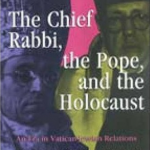 In February 1945, Israele Zolli, chief rabbi of Rome’s ancient Jewish community, shocked his co-religionists in Italy and throughout the Jewish world by converting to Catholicism and taking as his baptismal name, Eugenio. Almost a half a century after his conversion, Zolli still evokes anger and embarrassment in Italy’s Jewish community. This book is the first authoritative treatment of this astonishing story.
In February 1945, Israele Zolli, chief rabbi of Rome’s ancient Jewish community, shocked his co-religionists in Italy and throughout the Jewish world by converting to Catholicism and taking as his baptismal name, Eugenio. Almost a half a century after his conversion, Zolli still evokes anger and embarrassment in Italy’s Jewish community. This book is the first authoritative treatment of this astonishing story.
What induced Zolli to embrace Catholicism will probably never be known. Nonetheless, by painstaking scholarly detective work, through interviews in Italy and elsewhere, through the unearthing of private papers not previous known to exist, and through the study of previous inaccessible archival materials, the authors have succeeded in explaining why Zolli left the Jewish fold and joined the Catholic Church. Like Zolli’s rabbinical career, Pius XII’s long pontificate tells us much about the Church of Rome and its relationship to the Jewish people, particularly with reference to the issue of conversion.
The authors focus on the pontiff’s World War II policies vis–vis the Jews, a subject that has been heatedly debated since Rolf Hochhuth’s The Deputy was performed in the early 1960s. What Pacelli knew abut the extermination of the Jews and when he knew it, what he said and failed to say, are given special attention in this book. Through the examination of previous scholarship and primary materials (including Pius XI’s encyclical on race and anti-Semitism, Pacelli’s behavior is evaluated to determine if Zolli accurately gauged the Holy Father’s efforts to save Jews. This saga of the two Eugenios will interest historians of the Second World War and the Holocaust and students of history alike.
 In February 1945, Israele Zolli, chief rabbi of Rome’s ancient Jewish community, shocked his co-religionists in Italy and throughout the Jewish world by converting to Catholicism and taking as his baptismal name, Eugenio. Almost a half a century after his conversion, Zolli still evokes anger and embarrassment in Italy’s Jewish community. This book is the first authoritative treatment of this astonishing story.
In February 1945, Israele Zolli, chief rabbi of Rome’s ancient Jewish community, shocked his co-religionists in Italy and throughout the Jewish world by converting to Catholicism and taking as his baptismal name, Eugenio. Almost a half a century after his conversion, Zolli still evokes anger and embarrassment in Italy’s Jewish community. This book is the first authoritative treatment of this astonishing story.

